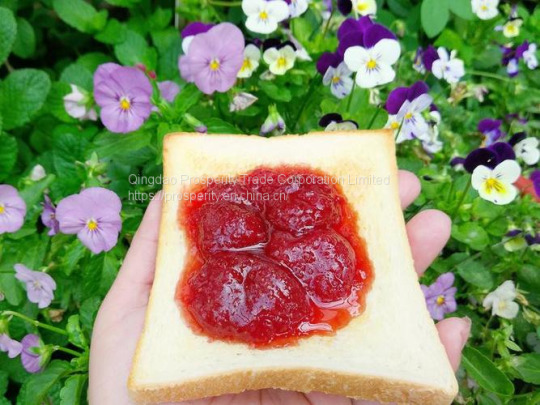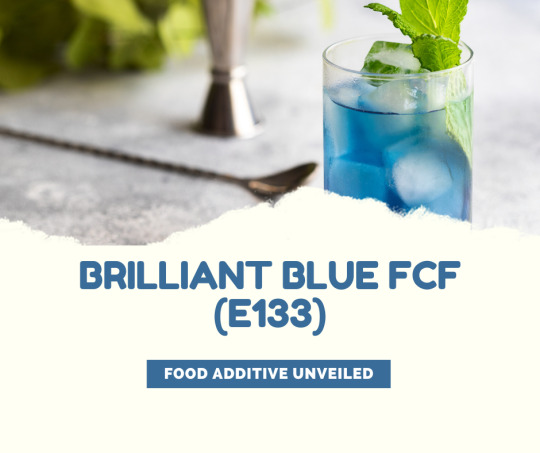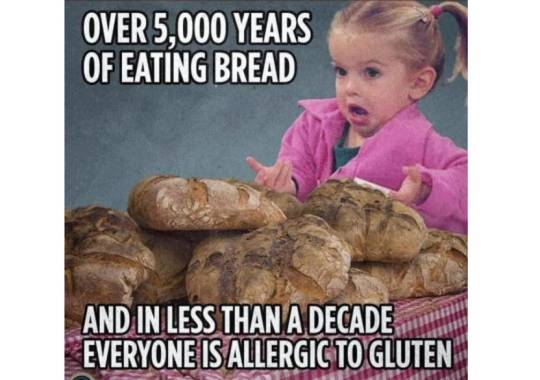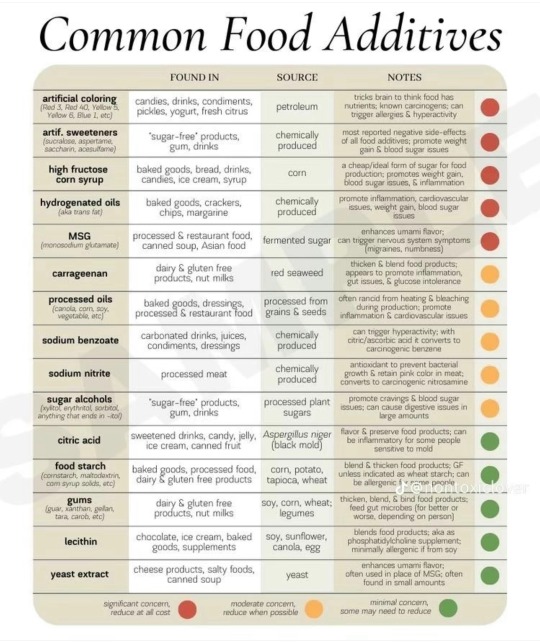#food additives
Text
American Ingredients Vs. European Ingredients😒🇺🇸
#food additives#european food#american food#food ingredients#Babylon#babylon the great#america babylon the great#america is the valley of the shadow of death#my uploads
14 notes
·
View notes
Text



I discovered these interesting scale insects on my prickly pear cactus (opuntia).
It turns out these are cochineal insects (Dactylopius coccus), the source of the natural dye carmine. You can see some of this pigment in the third picture (purple splotch) where the bugs may have been injured. Carmine, aka crimson lake, is frequently found in cosmetics (blush and lipstick) and food (ice cream, yogurt, soft drinks, sausage, and candy). Farming these bugs began as early as 700 BC in South America, and carmine has been used by many indigenous cultures to dye textiles and create artwork.
While mature females are about 25% carminic acid, it still takes tens of thousands of them to produce one pound of pigment.
If I get enough of these, I may try making some dye myself XD
#cochineal#cochineal insects#scale insects#you’ve probably eaten bugs at some point#carmine#crimson lake#food additives#dye#nature#bugs#nature photography#biodiversity#animals#inaturalist#arthropods#entomology#insect appreciation#insects#dactylopius coccus#TIL#random facts#educational#interesting facts#opuntia#bugblr#eat bugs#nom nom nom#hemiptera#parasite
10 notes
·
View notes
Text
In fact, the average American consumes about three pounds of food containing corn or corn products every day, often unknowingly. Eat an apple, and you could be eating corn in the layer of food-grade wax that’s applied to apples to make them look pretty and prevent them from drying out. Eat a cheeseburger, and there’s a good chance you’re eating corn feed in the beef and cheese; corn flour in the bun; corn syrup in the ketchup and pickles; corn-based ethylene gas in the tomatoes (used to make them ripen quicker); corn-based dextrose (as a stabilizer) in the salt; and, if the meat was frozen, cornstarch in the coating that protected it from freezer burn. Not to mention, probably, a slew of corn-based binders, emulsifiers, colorants, flavorings, sweeteners, preservatives, anticoagulants, and hair removal agents.
[…]
Still, human consumption accounts for only around 10 percent of the corn supply, as it’s also an industrial ingredient in basically everything: adhesives, antibiotics, aspirin, ceiling tiles, chalk, cork, cosmetics, crayons, disinfectants, dry-cell batteries, engine fuel, fireworks, inks, plastics, rubber tires, soap, wallpaper, wallpaper glue; it’s probably in the paper and the adhesive binding of this book. So if you ordered that cheeseburger to go, corn was probably in the packaging, too, as well as in the paper and ink of your receipt; and if you cooked it at home on a grill, corn was in the charcoal briquettes and the match you used to ignite them.
3 notes
·
View notes
Text
Common food preservative has unexpected effects on the gut microbiome
"Food manufacturers often add preservatives to food products to keep them fresh. The purpose of these preservatives is to kill microbes that could break down and otherwise spoil the food. Common additives like sugar, salt, vinegar and alcohol have been used as preservatives for centuries, but modern-day food labels now reveal more unfamiliar ingredients such as sodium benzoate, calcium propionate, and potassium sorbate.
Bacteria produce chemicals called bacteriocins to kill microbial competitors. These chemicals can serve as natural preservatives by killing potentially dangerous pathogens in food. Lanthipeptides, a class of bacteriocins with especially potent antimicrobial properties, are widely used by the food industry and have become known as "lantibiotics" (a scientific portmanteau of lanthipeptide and antibiotics).
Despite their widespread use, however, little is known about how these lantibiotics affect the gut microbiomes of people who consume them in food. Microbes in the gut live in a delicate balance, and commensal bacteria provide important benefits to the body by breaking down nutrients, producing metabolites, and—importantly—protecting against pathogens. If too many commensals are indiscriminately killed off by antimicrobial food preservatives, opportunistic pathogenic bacteria might take their place and wreak havoc—a result no better than eating contaminated food in the first place.
A new study published in ACS Chemical Biology by scientists from the University of Chicago found that one of the most common classes of lantibiotics has potent effects both against pathogens and against the commensal gut bacteria that keep us healthy."
continue reading article
#food#healthy food#food industry#gut#health#gut microbiome#food additives#food preservatives#biology#chemistry#science#bacteria#digestion#antibiotics#lantibiotics#nutrients#energy#gut health
2 notes
·
View notes
Text

Unhealthy Food Additives
Propylene glycol
Butane
Monosodium glutamate (MSG).
Disodium inosinate
Disodium guanylate
Enriched flour
Sodium nitrate
Sulfites
Azodicarbonamide
Potassium bromate
Propyl gallate
BHA/BHT
Recombinant Bovine Growth Hormone (rBGH)
Brominated vegetable
Propyl gallate
Olestra
Carrageenan
Polysorbate 60
Camauba wax
Magnesium sulphate
Chlorine dioxide
Paraben
Sodium carboxymethyl cellulose
Refined vegetable oil
Sodium benzoate
Aluminum
3 notes
·
View notes
Text
Looking for the importer, wholesaler or retailer of the
Food additives Jam powder from the manufactuer in China directly. We accept OEM. Welcome to you to contact to us.

#fashion#beautiful#women s fashion#laundry detergents#stationary#writtingtool#books#food additives#food bread#foodgasm#chocolate cake#cake#birthday cake#cookie run#black pearl cookie#dark choco cookie#sea fairy cookie#dark cacao cookie
2 notes
·
View notes
Text
It's not always because of you, sometimes it's because of the food. Once you eat them you can't stop from eating because they're addictive, because of the combination of sugar salt and beat. Food is good and essential, but it can also be an addiction.
2 notes
·
View notes
Text
We are in a pick your poison society. The owners don't care which poison we pick, as long as we pick at least one.

#aspartame#poision#zero calories#biological warfare#food#food additives#chemical watefare#follow the money
4 notes
·
View notes
Text
Benzoic acid (additive 210; 211-213 are its sodium, potassium and calcium salts) is commonly used as a food preservative, and citric acid (food acid 330; 331 is its sodium salt) is a common additive in soft drinks.
"Chemistry" 2e - Blackman, A., Bottle, S., Schmid, S., Mocerino, M., Wille, U.
#book quote#chemistry#nonfiction#textbook#benzoic acid#food additives#sodium#potassium#calcium#food preservatives#citric acid#soft drink
0 notes
Text
The SUCRALOSE Masterlist
Since I keep finding fucking sucralose in my fucking food, and since the [gesture at head] means I never remember to check my not-sugarfree labels for alternative sweeteners, I'm gonna have to start fucking keeping track now.
If you find one, interact and I'll add it.
Beverages & Additives
International Delight brand "Sweet & Creamy" flavored creamer
Coffee-Mate brand "Italian Sweet Cream" flavored creamer
Kroger brand "Italian Style Sweet Cream" flavored creamer
Snacks
Quaker brand miniature rice cakes, salted caramel flavor
Breads
Kroger brand bagels, "Hawaiian" flavor
#contains sucralose#food additives#keeping track#making a list#sucralose in food#sucralose in drinks#keeping track of food additives#master list
1 note
·
View note
Text
Brilliant Blue FCF (E133): Unveiling The Vibrant Food Additive
Curious about Brilliant Blue FCF (E133)? 🤔 Uncover the truth behind this vibrant food dye, from its potential health impact to global regulatory variations. Stay informed, stay healthy! #BrilliantBlueFCF #FoodSafety #KnowYourLabels
Brilliant Blue FCF, known by its E number E133, is a synthetic dye commonly used as a food colorant to impart a vibrant blue hue to various food and beverage products.
While it adds visual appeal to foods, concerns have arisen regarding its safety and potential health impacts.
Continue reading Brilliant Blue FCF (E133): Unveiling The Vibrant Food Additive

View On WordPress
0 notes
Text
Why are four notorious carcinogens approved by FDA for food?
0 notes
Text
Conspiracy theory for today:
There are tons of shows about how things are made, and they usually show the machines and other parts of the process.
Yet we’ve never seen how things like red dye #5 or other food additives are made.
0 notes
Link
Mono and Diglycerides are a type of food additive commonly used in the food industry. Mono et diglycerides belong to the category of emulsifiers, which means they help improve the stability and uniformity of mixtures that would otherwise separate, such as oil and water. This property is especially useful for making delicious salad dressings and mayonnaise.
0 notes

